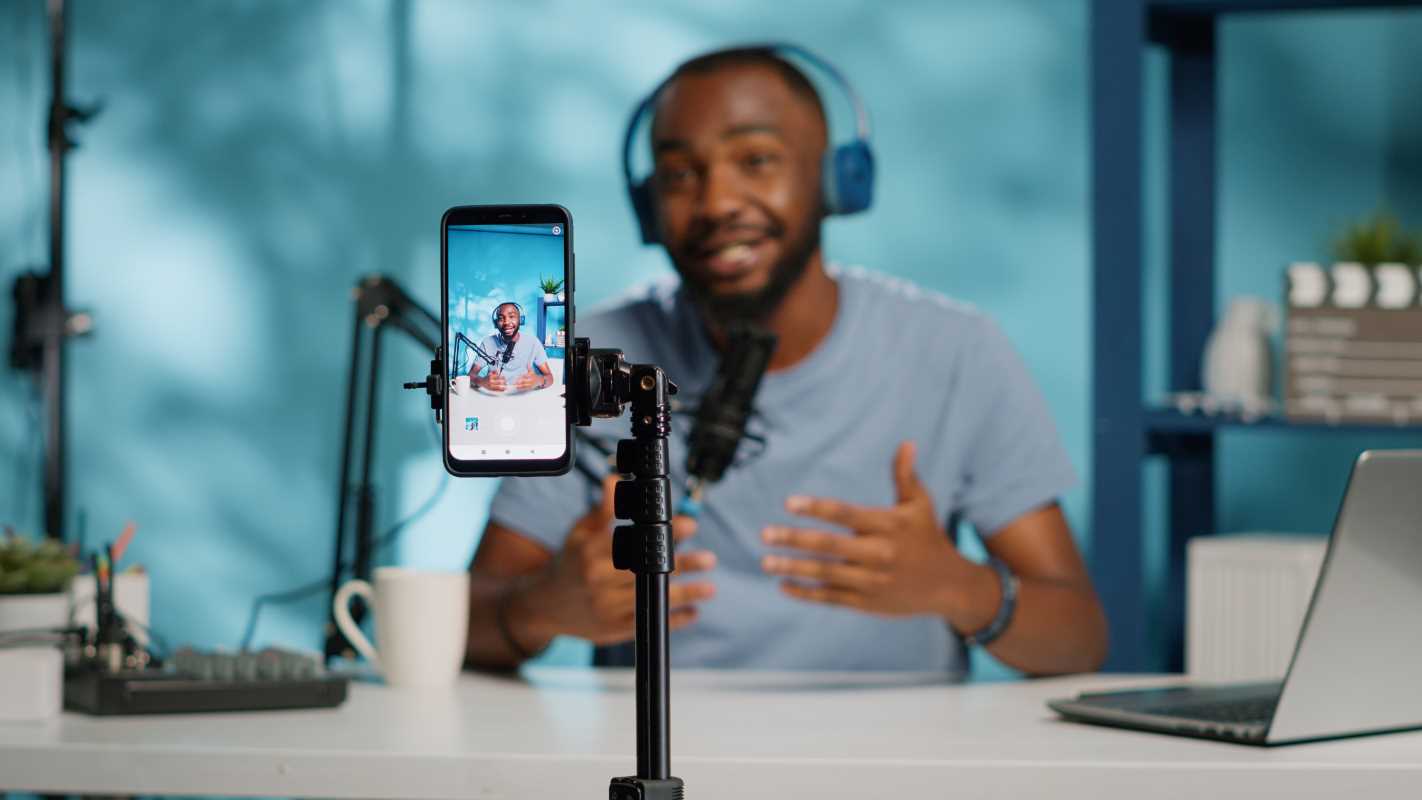Balancing work commitments, daily chores, and personal interests often feels overwhelming. When time seems short, a helpful reminder from a smart tool can bring order to your day and make it easier to manage everything on your plate. Adopting clear routines allows you to find solutions that fit your changing schedule, whether you brainstorm over coffee in the morning or reply to emails after dinner. With the right approach, you can organize your time more effectively and enjoy a sense of control, even on your busiest days.
Breaking the Mold: Fresh Perspectives on Organizing Your Time
Most guides talk about “boosting productivity,” but what if we think in terms of reclaiming moments for what matters most? A new perspective places choice and flexibility at the heart of the process, treating every block of time as an opportunity to reflect personal rhythms rather than chase generic benchmarks. Instead of coloring every hour with tasks, imagine building fluid segments that can flex when inspiration strikes, whether it’s a midday yoga stretch or an impromptu brainstorming session with a friend.
Another way to change your view centers on breaking up larger goals into vivid, small-scale experiments. Picture sampling a ten-minute journaling break or a quick walk between meetings, then adapting based on how energized you feel. This approach values responsiveness over rigid planning. It turns scheduling into a livelier interaction, akin to curating a playlist of short, energizing tracks rather than letting one long anthem dominate the day.
By focusing on micro-rituals—tiny actions like closing your inbox with a celebratory emoji or setting a five-minute timer for creative freewriting—you anchor each segment of the day in an engaging ritual. These micro-rituals become familiar waypoints, guiding attention back to big-picture intentions without the drag of overwhelming checklists.
You can explore unconventional ways to carve out breathing room by weaving brief, tech-enabled pauses into routines. Introducing a quick sketch on a tablet or recording a voice memo during a commute paves new lanes for reflection. Anchoring diverse tools in small moments recharges your focus and shifts the concept of time management into a practice that adapts to you, rather than forcing you into boxed-in slots.
Top Five Time Management Apps in Action
- Todoist (Productivity / Task Organizer)
- Features: clean design, powerful filters, device syncing, productivity visualizations
- Pricing: free basic lists; Premium ~$4/month
- Insider Tip: use custom filters (e.g.,
#Evening & p2) to surface priority evening tasks and turn vague ambitions into focused sprints
- Trello (Visual Collaboration / Board System)
- Features: drag-and-drop boards, cards with checklists/attachments/comments, unlimited free boards
- Pricing: Business Class ~$10/user per month for automation
- Insider Tip: create a recurring “Weekly Reset” card with Butler automation to archive finished cards and generate fresh lists every Sunday
- Forest (Focus Timer / Nature Motivation)
- Features: gamified forest that grows trees during distraction-free focus; earn coins to plant real trees via partners
- Pricing: ~$2.99 one-time
- Insider Tip: set 25-minute writing blocks followed by micro-breaks; watching your forest grow reinforces focus habits visually
- Clockify (Time Tracker / Team Reports)
- Features: tracks hours automatically or manually, generates project-based reports
- Pricing: free unlimited tracking; Pro ~$3.99/user monthly adds billable rates & approvals
- Insider Tip: use Pomodoro-style 25/5 intervals and export charts to uncover hidden time sinks for better balance
- RescueTime (Digital Wellbeing / Usage Analysis)
- Features: runs in background, categorizes app/website use, weekly summaries, goal setting
- Pricing: Lite free; Premium ~$6.50/month (adds distraction blocking + detailed reports)
- Insider Tip: enable FocusTime to block distractions during deep work; pair with a 5-minute brain dump to start with a clear mind
Insider Strategies for Seamless App Integration
- Audit your existing routine: Track all activities for three days without making any changes. Compare the data with your app insights to find surprising gaps or overlaps. This helps you see where micro-rituals can fit in without interrupting your flow.
- Combine tools in small workflows: Instead of switching apps randomly, plan a two-step process—start a Timer app, then open a digital notebook. This builds muscle memory and prevents fatigue from app-hopping.
- Set contextual reminders: Use location-based triggers for on-the-go prompts. A geofence around your car can launch a quick voice note app, capturing ideas while driving. This prevents forgetfulness after trips.
- Create reward loops: Link completed sessions to small treats—a cup of herbal tea or a five-minute dance break. Adjust the treat’s significance based on session length to motivate longer work periods.
- Review and adapt weekly: Schedule a brief check-in on Sunday with your favorite visualization tool. Count your wins and identify friction points, then tweak settings or disable features if they feel clunky.
Design Your Personalized Productivity System
Start small with a timer and task board, adding tools only when they fill real gaps. Sketch your routine, align each segment with the right tool, and replace anything that feels forced. With adaptable systems and simple rituals, you’ll create a workflow that supports both focus and flexibility.
 (Image via
(Image via





